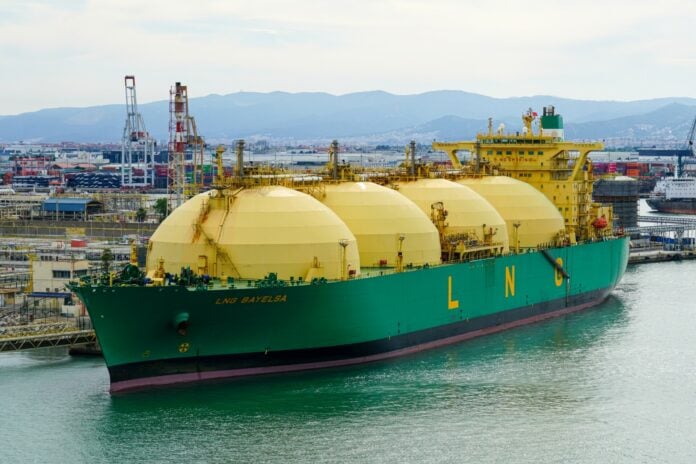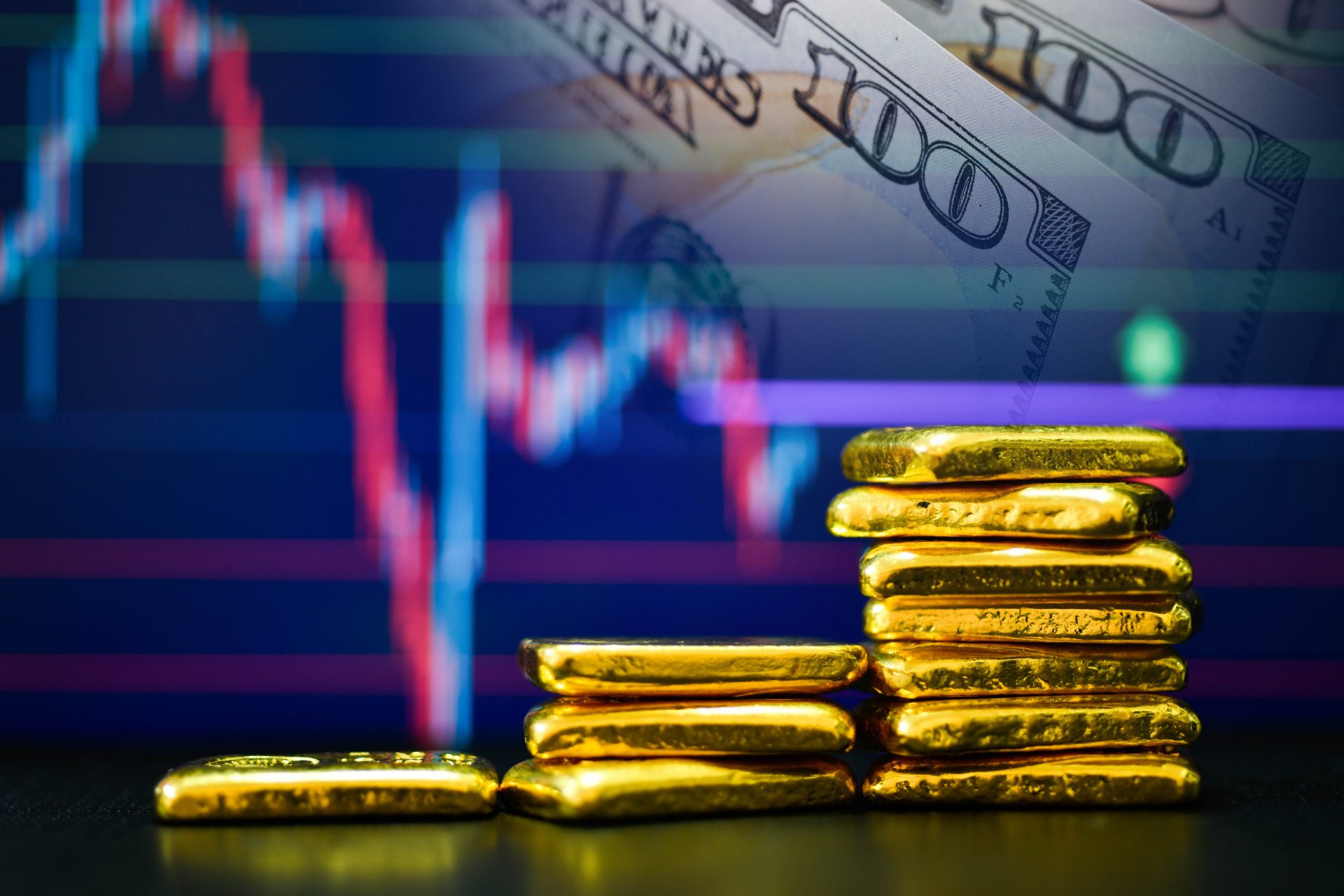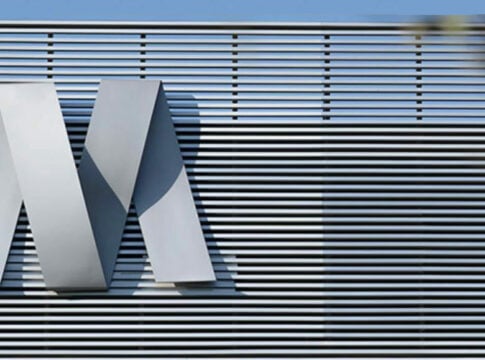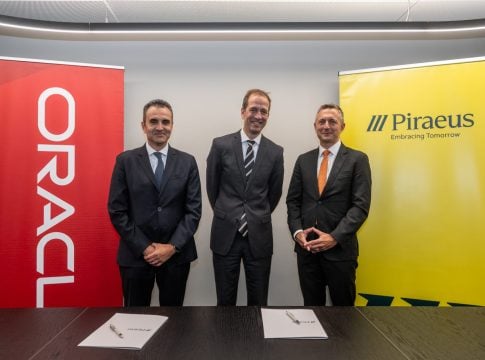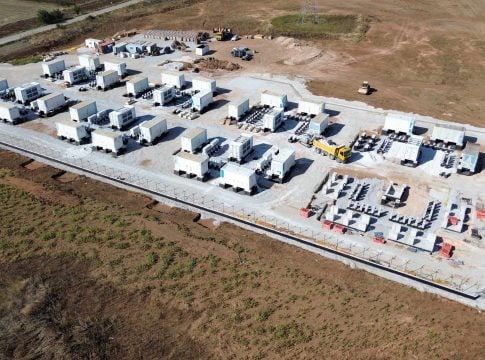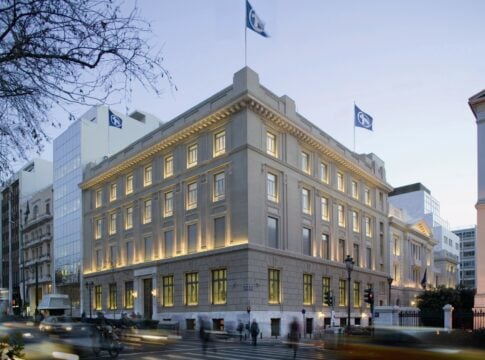Liquefied natural gas (LNG) is emerging as a leading player in the decarbonization of shipping, responsible for approximately 3% of global emissions. Given the obstacles to the development of alternative fuels, such as methanol and ammonia, the market already seems to be moving more towards its adoption, as infrastructure and supply are in place.
According to executives from the Norwegian classification society, demand for LNG as a marine fuel is expected to double by 2030, with DNV currently recording 781 dual-fuel ships in operation and predicting that this fleet will exceed 1,400 ships within the next five years.
“Based on the current order book, the number of ships will reach 1,417 by 2030, but we expect it to increase as new orders are confirmed,” said Kristian Hammer, senior consultant at DNV.
Japan’s Mitsui O.S.K. Lines (9104.T), which has the world’s second-largest shipping fleet, is aggressively turning to LNG as a transition fuel. It currently operates 15 LNG dual-fuel ships and has ordered 42 more.
According to the company, LNG bunkering reduces emissions compared to oil by 19% on a “well-to-wake” basis, i.e. taking into account emissions from extraction and production through to the consumption of the fuel on board.
Maersk’s “turn”
At the same time, the Danish giant Maersk, which until last year focused exclusively on green methanol, is diversifying its strategy and has ordered 20 dual-fuel LNG container ships, with scheduled delivery from 2028 to 2030.
Meanwhile, a clear message in favor of the reliability of LNG as a marine fuel comes from a new independent study in France published by SEA-LNG, an international non-profit organization-alliance that promotes the use of liquefied natural gas (LNG) as a marine fuel.
Researchers recorded emissions from Brittany Ferries’ Salamanca, which operates on LNG, for a period of 12 months, with the results showing significantly lower levels of methane leaks than previously estimated by European authorities.
Specifically, the annual methane leakage was found to be 1.57%, less than half of the default reference values (around 3.5%) used in ship emissions regulations.
The research, led by lecturer Benoit Sagot from ESTACA, was published in the Journal of Marine Science and Engineering.


